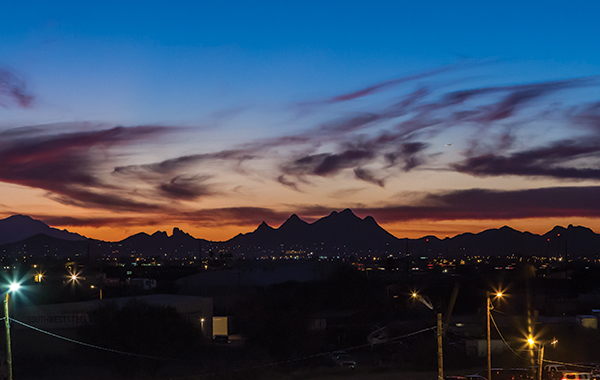
photo © David Olsen
When the temperature rises to the point that the plastic cups in your car begin melting into their cup holders, some Sonoran Desert dwellers experience a buildup of unfathomable rage. If you’ve lived here long enough, you may have been there yourself—at that point where you feel like you could lift and toss a small car, or at least a motorcycle, just to snag the only shady spot in the parking lot. We get it.
But there are a few other ways that we as Tucsonans can choose to deal with these feelings which fall comfortably short of literal or metaphorical combustion: 1) we can complain about it, making the lives of everyone else around us just a little more miserable; 2) we can lock ourselves indoors in the protection of those ever-sacred climate modification devices that keeps us from losing all motivation to live; or 3) we can find a way to shift our schedules ever-so-slightly so as to enjoy more of the cooler, more palatable moonlit hours of the day. Here are a few ideas for those of you who are looking to go nocturnal this summer…
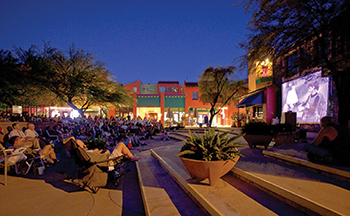 Catch an outdoor flick
Catch an outdoor flick
When: Every Thursday evening at 7:30pm through the end of August at La Placita, or 5:30 pm at Reid Park June 5 and 19, as well as alternating Fridays through August 14.
Where: La Placita Village downtown, 110 S. Church Ave; Reid Park, 900 S. Randolph Way.
What: The outdoor family-friendly film series, Cinema La Placita, has been running every summer since May 2000. Bring the kids, your (good) dogs, and $3 for admission, but popcorn is included for free! Check the Cinema La Placita Website for upcoming titles or to make movie suggestions at CinemaLaPlacita.com. Reid Park also runs a similar series for free every second Friday with a number of vendors and entertainers on site starting at 5:30, and shows starting at dusk. More info at SAACA.org/Cox_Movies_in_the_Park.html.
Wander the Desert Loop Trail
When: Every Saturday night from June 6-Sept 5 from 5pm-10pm.
Where: Arizona Sonora Desert Museum; 2021 N. Kinney Rd.
What: Each uniquely themed Saturday evening in the 14th Annual “Cool Summer Nights” series at ASDM will feature three live music venues (including one specifically for children), live animal demonstrations, activity stations run by the museum’s Junior Docents, and educational and entertaining programming related to each theme. Covering everything from the oceans, to astronomy, to comedy, ASDM promises something for everyone this summer, and at no additional charge on top of regular admission. ASDM’s Director of Marketing, Rosemary Prawdzik, says that the kids are especially fond of “Insect Insanity!” (July 18) and can even buy black lights at the gift shop to help in the hunt for scorpions. “Coming to the Desert Museum at night is a very different experience than during the day time,” says Prawdzik, pointing out that the low lighting on the grounds allows for easy stargazing, and that the animals on site tend to be more active after the sun goes down. No wonder this annual event has become a tradition for many local families. Watch in coming months for “Full Moon Festivals” which will shine a spotlight on the arts.
Celebrate the Solstice
When: Saturday, June 20 from 7pm-1am.
Where: Sky Bar; 536 N. 4th Ave.
What: What’s better than, pizza, beer, and fire spinning—at a safe distance, of course. Drop by Sky Bar to celebrate the summer solstice—the longest day of the year—with live music and an always-thrilling performance by the Cirque Roots crew.

23rd Annual Summer Art Cruise, image: Naoto Hattori, Recollection 029, 3.8 x 5.8, acrylic on board, 2015, at Baker + Hesseldenz Fine Art, June 6.
Gallery hop
When: Saturday, June 6 from 6pm-9pm.
Where: Central Tucson Gallery Association (CTGA) Galleries downtown and on University Blvd.
What: What: The 23rd Annual Summer Art Cruise is the biggest night of the year for the seven member galleries (Baker+Hesseldenz, Conrad Wilde, Contreras, Davis Dominguez, Moen Mason, Philabaum, and Raices Taller 222) that extend their hours for this single evening of connecting art fans, collectors, and artists—and the best part is, it’s free to you. Each gallery curates its own events (of course) and co-owner of Davis Dominguez Gallery, Mike Dominguez, says that many offer hors d’oeuvres and live music. Dominguez says that, for their part, the Davis Dominguez Gallery will be holding a reception for the 80+ artists featured in the Small Works show that will close the following week. “There will be plenty of people out,” says Dominguez, “and a lot of the artists will come together to fill the streets here.” The question is will you be there with them?
Take a flashlight hike
When: Saturday, June 6 from 6:30pm-9:30pm.
Where: Catalina State Park; 11570 N. Oracle Rd.
What: Take a moonlit hike in Catalina State Park with the Town of Oro Valley Parks and Recreation Department to celebrate National Trails Day. Snacks will be provided and an expert guide will be on hand, but be sure and bring plenty of water and your own flashlight. More info available at OroValleyAZ.gov.
 Take your clothes off
Take your clothes off
When: Night of Saturday, June 13 until 2am.
Where: Club Congress; 311 E. Congress St.
What: The annual Underwear Party at Club Congress has been known to draw more than 1200 nearly-naked alcohol-consuming individuals of both sexes for an evening of good-natured debauchery unlike any other. Any questions? If so, check out HotelCongress.com… I wash my hands of this one.
Check out Second Saturdays
When: Saturday, June 13 from 6:30pm-10pm .
Where: Congress St., Downtown Tucson.
What: If you haven’t been to a Second Saturdays Downtown event yet, take advantage of the quiet, cool summer evenings to do so this month. As always, there promises to be plenty of entertainment, music, street performances, vendors, and all of that fair food nobody can seem to get enough of. Grab a bite to eat and a drink or just make a free night of it by catching a live show or two—you’ve got nothing to lose with this regular crowd-pleaser.
Have a “Brew at the Zoo”
When: “Brew at the Zoo” is on Saturday, June 20 from 6pm-9:30pm; Summer Safari Nights run every Friday through July 10 from 6pm-8pm.
Where: Reid Park Zoo; 3400 Zoo Court.
What: The third annual iteration of this highly-anticipated event combines two of everyone’s favorite things—alcohol and animals. Craft Tucson provides plenty of sudsy drink for the event, the admission cost of which covers the beer. Tucsonans come out in droves, so make sure to get your tickets in advance. This year’s Brew event, themed “Healthy and Hoppy”, will help support the construction of a new medical facility on the zoo’s grounds, so drinking to excess here is actually for a good cause. You’ll have to leave the little ones at home for this night of frivolity, though, as it is strictly 21+. For a more family friendly atmosphere, check out the zoo’s Summer Safari Nights program, in which the zoo reopens between 6pm and 8pm every Friday for a cooler trip down the Tanzania Trail. Tickets to the Brew event are $40 general admission, $35 for zoo members, and $20 for designated drivers if purchased in advance. Admission to Summer Safari Nights is $9 for adults, $7 for seniors, and $5 for kids ages 2-14—zoo members get $2 off. More info available at ReidParkZoo.org.
Catch a soccer game at Kino Sports Complex
When: Every weekend in June (various dates).
Where: Kino North Stadium; 3400 S. Country Club Rd.
What: With the addition of a women’s team to the FC Tucson family, there will be a lot more competitive soccer in Tucson this summer, and you can bet the Cactus Pricks are ready for the action. For a full schedule for both the men’s and women’s teams, tickets, or more information, visit FCTucson.com. Also, check out the article on FC Tucson in this issue.
Learn some history and celebrate freedom
When: Saturday, June 20 from 10am-9pm
Where: The Donna Liggins Center/Mansfield Park; 2160 N. 6th Ave.
What: Did you know that it took a full two-and-a-half years after the signing of the Emancipation Proclamation for all of the slaves in the United States to finally obtain their freedom? June 19th—or Juneteenth—of this year marks 150 years since the last slaves were set free in Galveston, Texas. It also marks the 45th anniversary of Tucson’s own annual Juneteenth Festival. Indoor educational activities end at three and give way to the evening celebration, which will feature guest speakers, free hotdogs for the kids at 5:30pm, historical exhibits, as well as live entertainment. More info available on the “Tucson Juneteenth Celebration” Facebook page.
Do some stargazing
When: Every night through July 14.
Where: Kitt Peak National Observatory.
What: This stargazing program is so popular in the winter months that Visitor Center Manager Bill Buckingham says that Kitt Peak has to turn away more than 1000 people each day during high season. And it’s easy to see why the nightly observation program is such a hot ticket (wrong phrasing?)—Kitt Peak can be a full 25 degrees cooler than Tucson in the evenings. Reservations are $49 per person, but there’s actually a good chance of landing one during the slower summers. Also, be on the lookout for the Kitt Peak-sponsored binocular stargazing program to return to Saguaro National Park West for an out-of-this-world experience that’s a little bit closer to home.
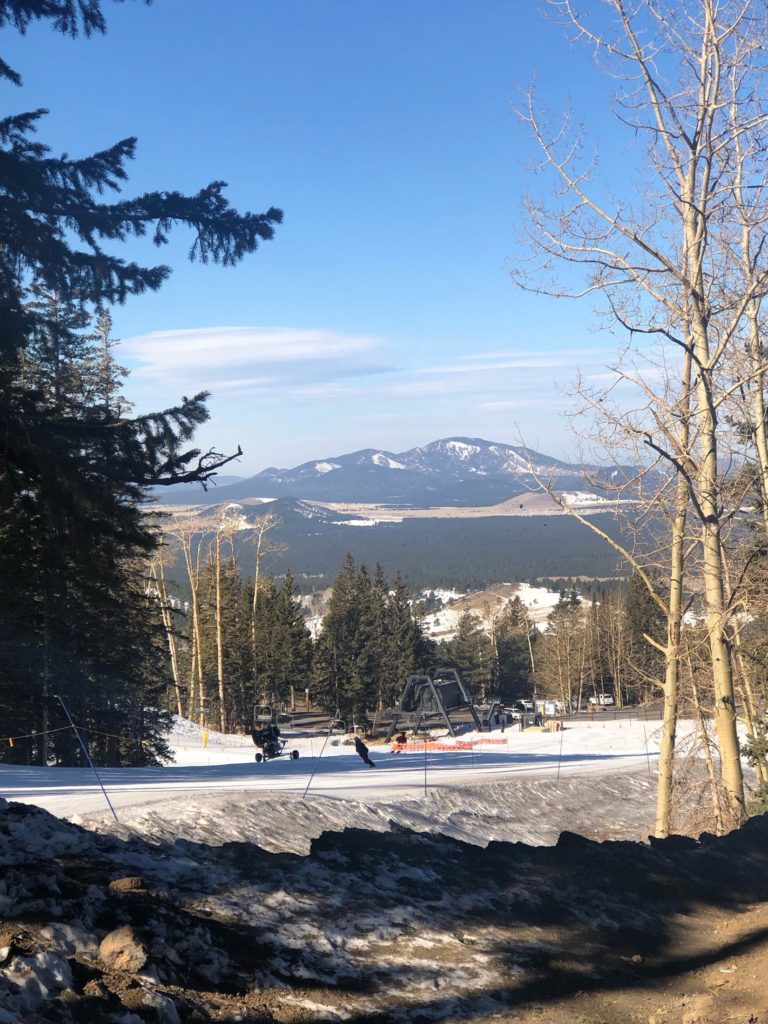
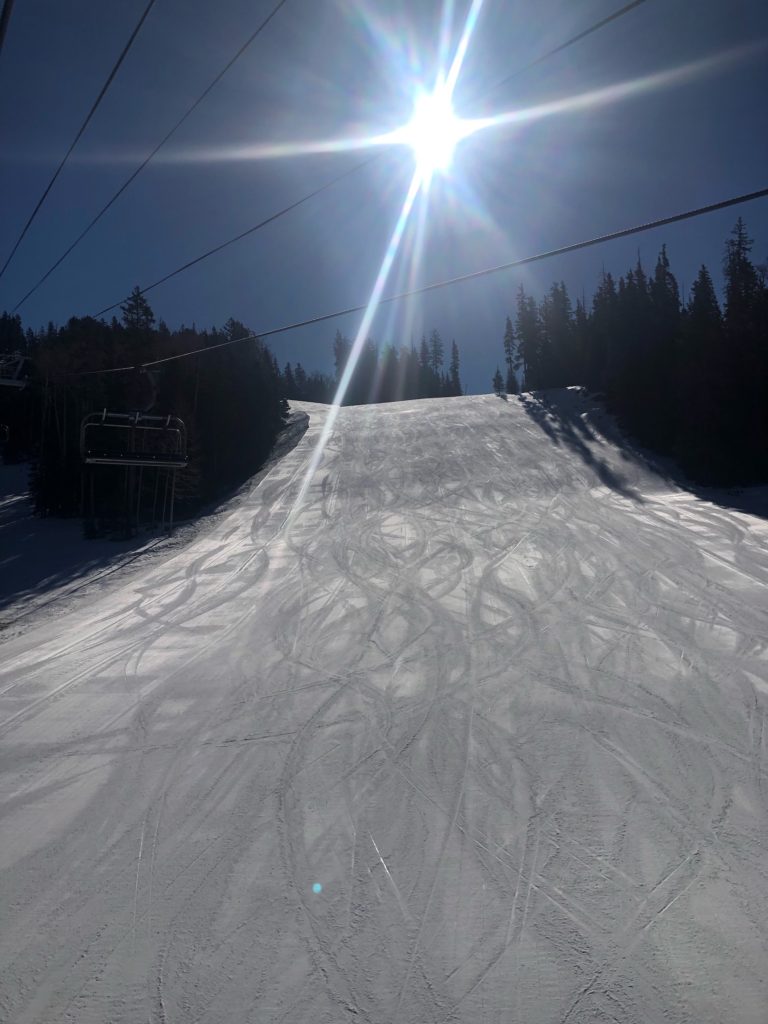

 Grab a beer and a trowel and get into the garden! The summer is technically over this month and even though some days it feels like the autumnal equinox is a big lie, the garden is gearing up for the shorter days, cooler temperatures, and is getting ready to provide you with a season of fresh vegetables. It’s time to plant.
Grab a beer and a trowel and get into the garden! The summer is technically over this month and even though some days it feels like the autumnal equinox is a big lie, the garden is gearing up for the shorter days, cooler temperatures, and is getting ready to provide you with a season of fresh vegetables. It’s time to plant.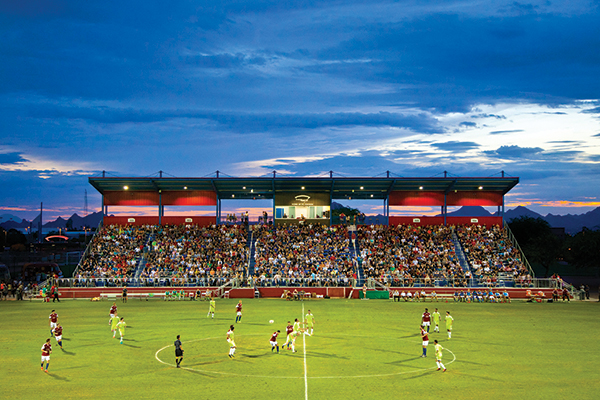

 Catch an outdoor flick
Catch an outdoor flick
 Take your clothes off
Take your clothes off

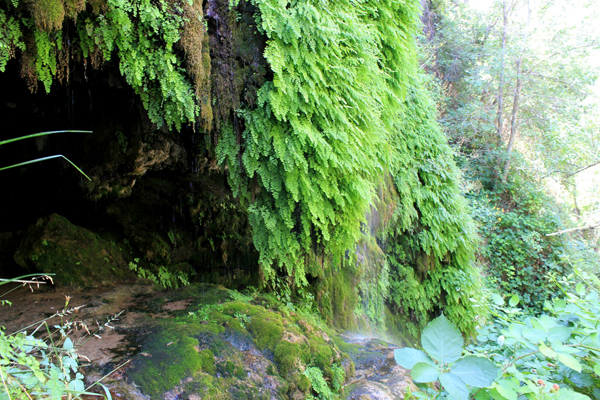
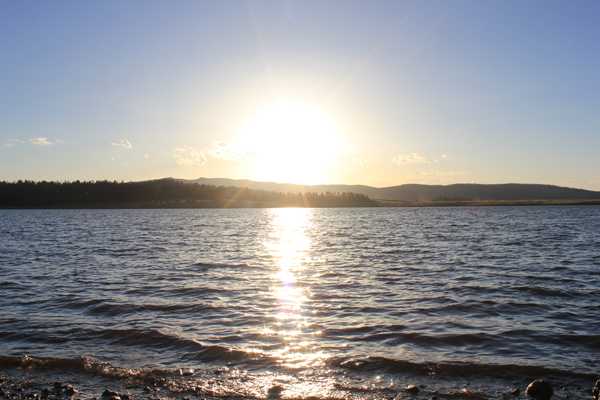
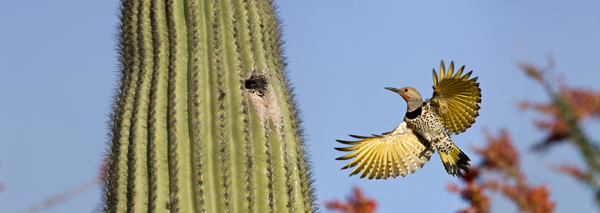
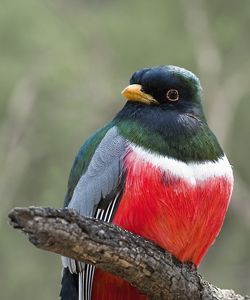
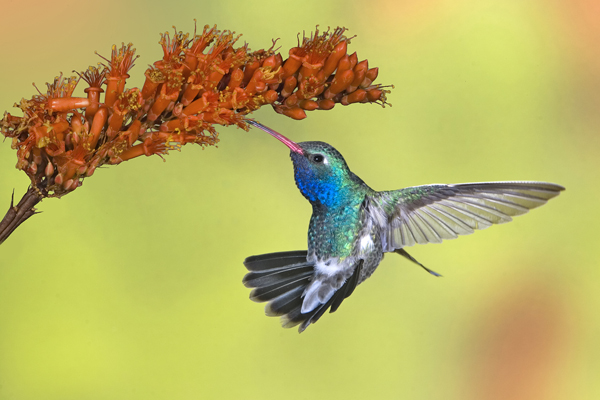
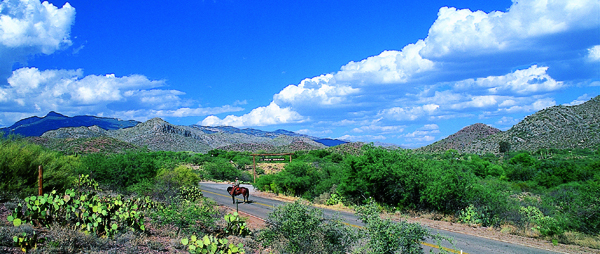
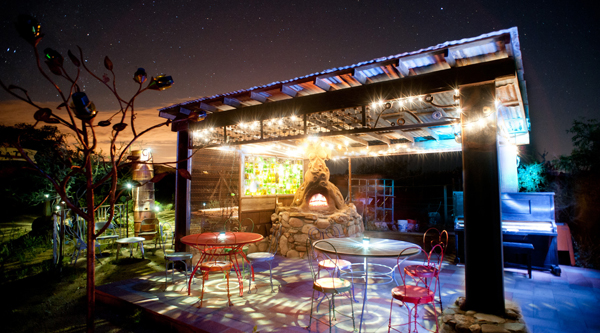
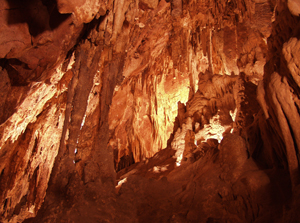




Also find us on...